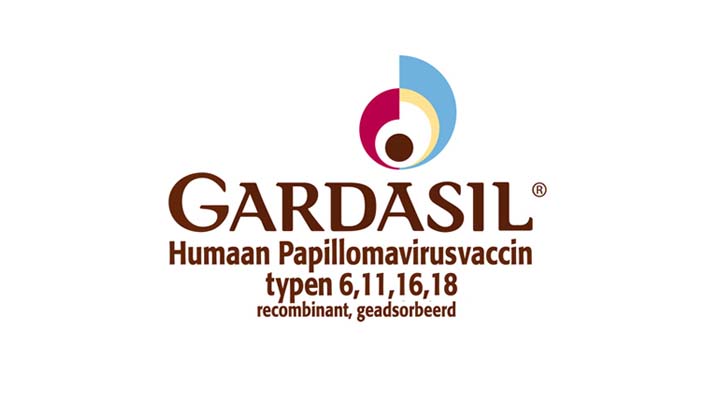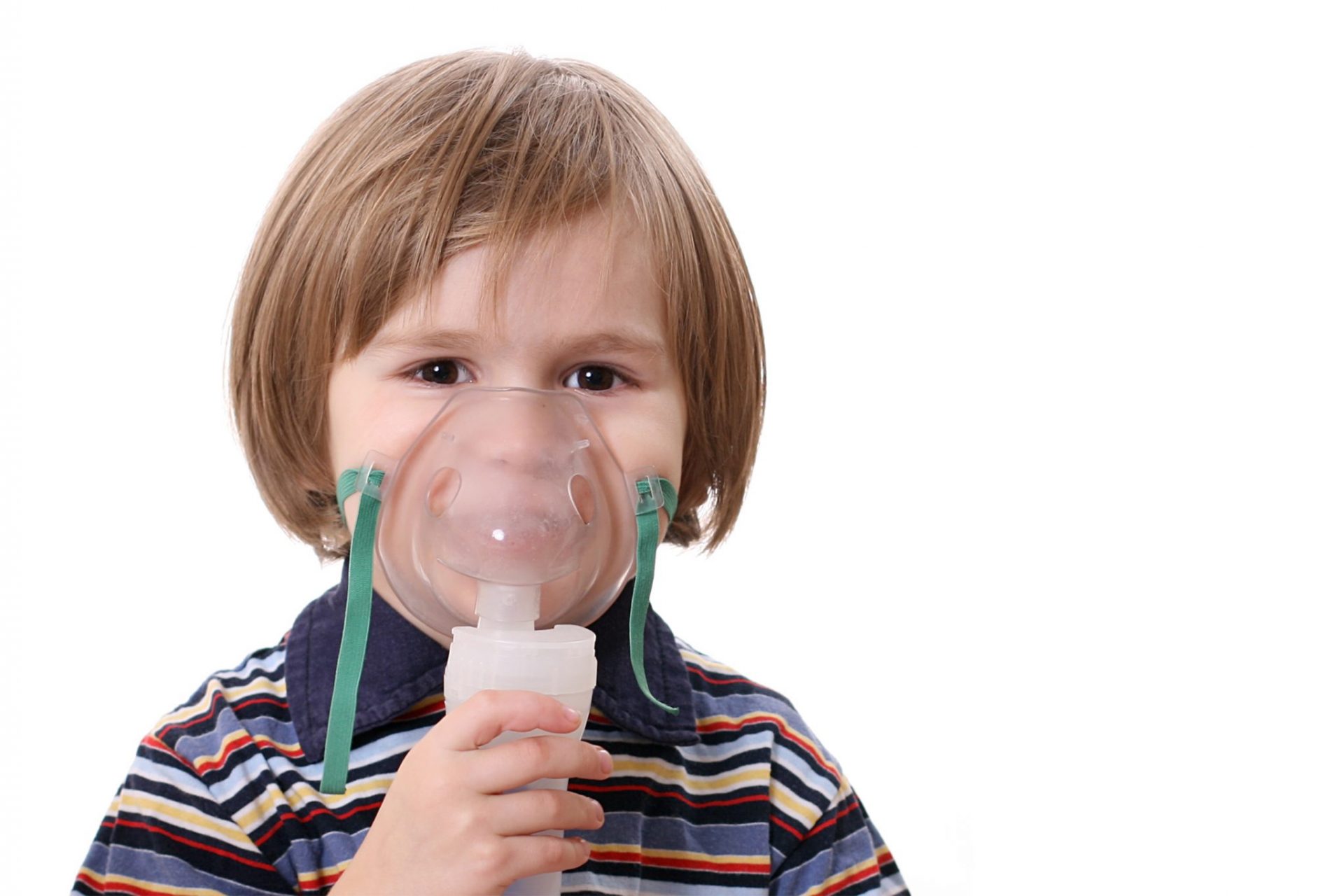Mercury exposure and autism spectrum disorder linked together, according to many studies
(NaturalHealth365) Autism spectrum disorder (ASD), a developmental disability characterized by difficulties with communication and social interactions, currently affects 1 out of every 68 children – and the incidence is skyrocketing. In fact, rates of autism spectrum disorder have more than doubled over the past 17 years, and many natural health experts maintain that the soaring prevalence is linked to the presence of mercury in childhood vaccines.
Amid growing international concern over mercury dangers, two new scientific reviews reveal a connection between autism spectrum disorder and mercury levels in the body. We, at NaturalHealth365, have also written extensively about the scientific evidence linking mercury-based, ‘silver’ fillings to many neurological and behavioral disorders.
Editor’s note: The Holistic Oral Health Summit reveals the best ways to improve oral health, prevent and reverse disease symptoms, and save thousands of dollars in unwanted medical expenses. Click here to gain INSTANT access today!
Mercury is a known neurotoxin, yet most conventionally-trained physicians fails to warn patients
While natural health experts have long insisted that mercury exposure is a major factor in increased risk of autism spectrum disorder, other neurological problems have been associated with mercury as well.
The Agency for Toxic Substances and Disease Registry (ATSDR) states unequivocally that mercury exposure can cause brain damage, mental retardation, poor coordination, seizures and blindness.
Other reported adverse effects include delayed language, ADHD (attention deficit hyperactivity disorder) and tic disorders – characterized by involuntary, repetitive movements and noises.
Tragically, the ATSDR reports that fetuses and young children are most vulnerable to mercury’s effects.
Primary means of mercury exposure involve two organic forms of mercury: methylmercury (from consuming fish living in contaminated waters) and ethylmercury – which is added to vaccines. In addition, even though conventionally-trained dentists will say that mercury-based, ‘silver’ fillings are “perfectly safe,” they’re NOT! (and, will add to your mercury burden)
Want to shock your dentist with the undeniable truth? Hand over this report and watch their reaction. The report is called, “Over 100 ways “silver” dental fillings can destroy your health.”
Vaccines ingredients ethylmercury and polysorbate 80 are truly a “dangerous duo”
Thimerosal (‘code word’ for mercury) is an additive used within the influenza vaccine. Animal studies have shown that ethylmercury turns into (even more) toxic inorganic mercury in the brain – where it can remain for years.
The U.S. Centers for Disease Control and Prevention (CDC) currently reports that thimerosal has been removed from all childhood vaccines in the United States, except for “some types” of flu shots – which are routinely given to children. (In other words, thimerosol simultaneously “does” and “does not” exist in childhood vaccines – quite a brain-bending paradox).
Meanwhile, natural health experts continue to call for the removal of thimerosal from all vaccines.
Vaccination critics also raise concerns over polysorbate 80 – an emulsifier used in many flu vaccines – saying it disrupts the blood-brain barrier and helps to “escort” dangerous ethylmercury straight into the brain.
A pair of new reviews “blow the lid off” the matter of mercury levels and ASD
In two recent systematic reviews, scientific researchers evaluated close to a hundred studies, comparing mercury levels in individuals with ASD against control groups in which participants did not have the disorder.
The scientists looked for levels of mercury in whole blood, red blood cells, urine, hair and brain tissue – and found that autistic participants had higher levels of mercury in their blood and brain tissue when compared to the control groups.
Both reviews found significantly higher concentrations of mercury in the red blood cells, or erythrocytes, of ASD patients – and one found significantly higher levels in the whole blood of ASD patients as well.
Researchers also found higher levels of both mercury and lead in blood and brain tissue – raising the possible of a combined or synergistic effect.
In addition, the brain tissue of the ASD group had significant elevation in a biological marker of oxidative stress, which was associated with elevated mercury.
How, and where, were the reviews conducted?
One review was conducted at the Shahrekord University of Medical Sciences and published in Journal of Trace Elements in Medicine and Biology, while the other was conducted at the Tehran University of Medical Sciences and published in Progress in Neuropsychopharmacology and Biological Psychiatry.
The reviews were both meta-analyses, quantitative systemic reviews which mathematically combine data from multiple studies, in order to yield a more precise estimate of the ‘true effect’ of the substance or condition being studied.
The review authors used a variety of tools to ensure accurate results.
These included utilizing multiple databases to identify relevant studies, and assessing the quality of each study with established guidelines. They also analyzed subgroup differences and screened for publication bias.
‘Mystery’ explained: Why are mercury levels found in hair low, not higher, in ASD patients?
One finding that seemed somewhat counterintuitive was the fact that hair mercury concentrations were lower in ASD patients than in the control group.
(The reviews used findings from studies conducted worldwide, with a list of countries that included China, Egypt, India, Jamaica, Japan, Korea, the UK and the United States. Intriguingly, low levels of mercury in hair were particularly pronounced in developed countries such as the United States).
The review authors theorized that ASD patients have impaired detoxification pathways, which causes them to retain mercury inside body cells, rather than being able to excrete it in stool, urine and hair.
In other words, it is not a sign of less mercury in the body – but of difficulties in eliminating it. And, this phenomenon might be more pervasive in the United States due to the more rigorous childhood vaccine schedule urged by public health authorities.
Government ‘health’ agencies, including the U.S. Centers for Disease Control and Prevention (CDC), continue to insist that mercury exposure is not a risk factor for autism spectrum disorder. However, the fact that significantly more mercury is found in the bodies of ASD patients appears to strike a decisive blow against this denial of reality.
Sources for this article include:















